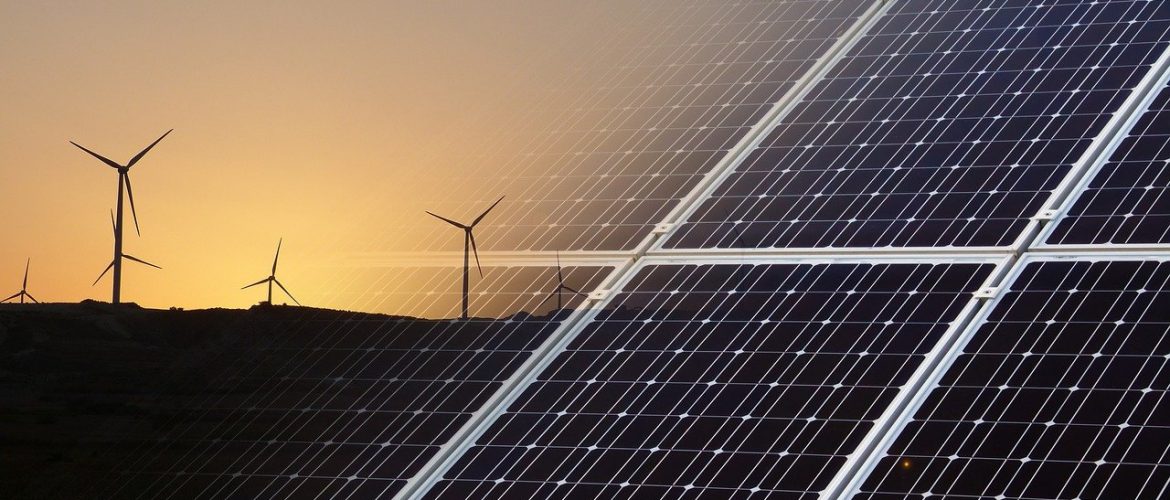In January 2024, renewables had the second highest monthly production historically (2,207 GWh), just behind the first in August 2023 (2,254 GWh). Together with large hydro, they covered almost 60% of electricity production and almost 57% of demand. Electricity consumption increased by 6.6% compared to January 2023.
According to the latest available monthly data from the Greek IPTO (ADMIE) for the interconnected network (January 2024):
Renewables (excluding large hydro) maintained the lead in electricity production in the first month of the year for the second consecutive year with an output of 2,207 GWh, surpassing fossil gas and lignite combined (1,789 GWh) by 418 GWh. This trend is increasing, given that in January 2023 renewables exceeded fossil fuels by 260 GWh.
Fossil gas came in second place (1,398 GWh), increasing by 57.8% compared to January 2023. It was followed by lignite with 391 GWh, which had the lowest production for the month of January in the last decade, and then large hydro with 367 GWh. Net imports came in last place with 162 GWh.
The large increase in renewables, in the first month of 2024 compared to January 2023 (+655 GWh), and the smaller increase in fossil gas (+512 GWh) covered the significant increase in demand (+281 GWh), while offsetting the sharp drop in net imports (-884 GWh).
The corresponding percentage changes in January 2024 compared to 2023 were:
Lignite: -3.6%
Fossil Gas: +57.8% (-3.8%)
Renewables: +42.2%
Hydroelectric: +3.7%
Net imports: -84.5%
Demand: +6.6%
Clean energy from renewables and large hydro (23,190 GWh) in January 2024 was the highest of the decade, surpassing fossil fuel electricity production (1,789 GWh) by almost 784 GWh, which in turn increased by 38.5% compared to the same month in 2023. Clean energy surpassed fossil fuels in the month of January for the first time in 2021, but by a much smaller margin than in 2024, just 134 GWh. The corresponding difference in 2023 was also lower (613 GWh).
Renewables together with large hydro had for the first time for the month of January a share in demand coverage that far exceeded 50% (56.9%). The previous highest share was recorded in 2021 (51.5%), while in 2023 the corresponding share was just 44.9%. Their contribution to domestic electricity production increased even more, as renewables together with large hydro had a share of 59% in the first month of 2024 slightly lower than the corresponding performance in 2023 (59.6%).
The share of renewables in meeting demand (excluding large hydro) was also high, with a share of 48.8%, more than 12 percentage points above the previous 2023 high (36.6%). The rest of demand in January 2024 was met by fossil gas with a share of 30.9%, lignite with 8.6%, large hydro with 8.1% and net imports with just 3.6%.
In January 2024:
– Production from renewables (2,207 GWh) was the second highest historically, just 47 GWh lower than August 2023 (2,254 GWh).
– Lignite production (391 GWh) was the lowest in the last 10 years for the month of January.
Electricity consumption (4,525 GWh) increased by 6.6% compared to January last year, while it decreased by 4.4% compared to the average of the last five years. It was the third lowest consumption in the last ten 10 years after January 2023 (4,244 GWh) and 2021 (4,485 GWh).




















































































































































































































































































































